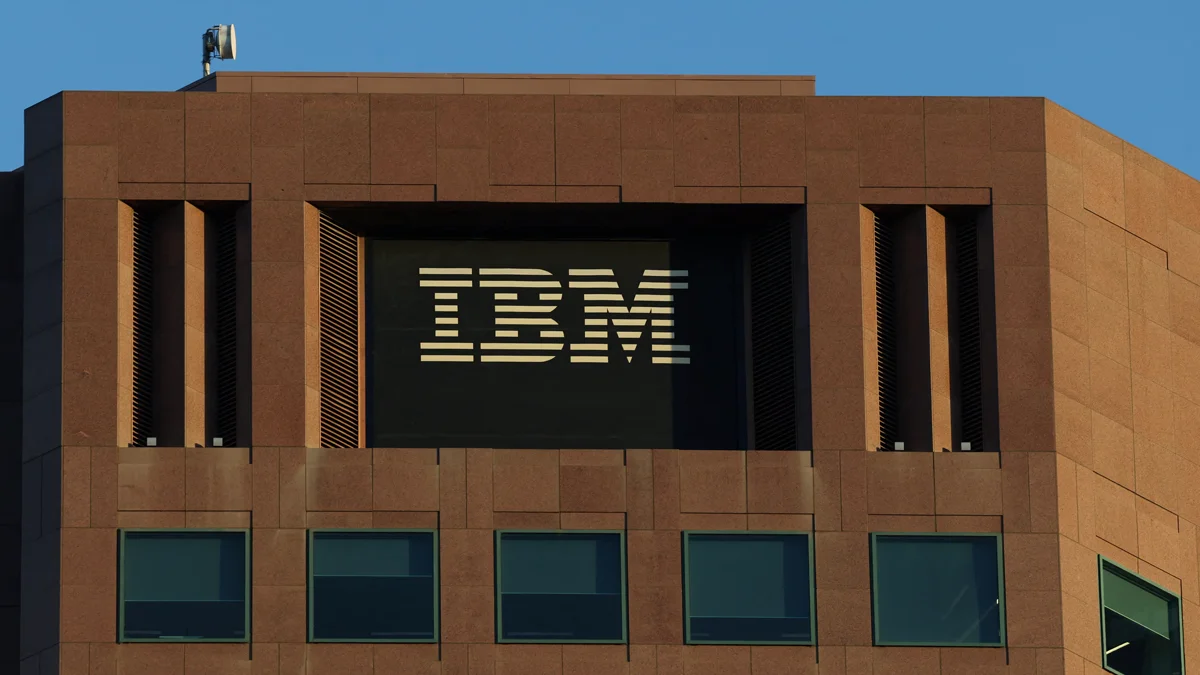Necessary Always Active
Necessary cookies are required to enable the basic features of this site, such as providing secure log-in or adjusting your consent preferences. These cookies do not store any personally identifiable data.
|
||||||
|
||||||
|
||||||
|

IBM has outlined its plans to develop a quantum computer by the year 2029, Reuters reported. IBM’s quantum roadmap provides detailed steps that the US computer giant will take to realize its plan.
IBM plans to build a functional quantum computer known as the Starling by 2029 and set up a large system by 2033. The company will build the Starling in its data center in New York. It is expected that the quantum computer will perform 20,000 times more operations than modern day quantum computers.
Although details about this IBM’s data center remain scarce, the computer giant said construction has already commenced in Poughkeepsie. The data center design shows the facility will feature four IBM Quantum System Twos. Each quantum system will have the company’s distinctive hexagonal layout and will hold three quantum processor units (QPUs). The quantum systems will also have several conventional computing racks.
IBM’s Starling quantum computer will have an estimated 200 logical qubits, sufficient to demonstrate the advantages of quantums over classical computers. In quantum computing, qubits are the most critical units. The quantum computer will combine six hexagonal quantum systems connected to each other. The computer will also feature two conventional rack rows.
“To represent the computational state of an IBM Starling would require the memory of more than a quindecillion (ten to the power of 48) of the world’s most powerful supercomputers,” the company claimed.
Quantum computers use quantum mechanics to solve complex problems that classical computers would take thousands of years to fix. However, current quantum computers are not faster than classical ones because they spend most of their computing power fixing errors.
IBM is in the quantum race with other US tech giants like Alphabet’s Google, Microsoft, and Amazon. The race also includes a wide range of startups that have, in recent years, raised hundreds of millions of dollars in capital.
All these companies seek to address the problem relating to quantum computing error fixing. The genesis of this problem is the fact that qubits work very fast, but they also generate a lot of errors.
Although scientists can apply some of the qubits to rectify these errors, they must have enough units left to perform other tasks. In 2019, IBM changed the way it was approaching this problem. The company had developed the IBM error correction algorithm which it claims reduces the number of qubits required to correct errors drastically.
“IBM is charting the next frontier in quantum computing. Our expertise across mathematics, physics, and engineering is paving the way for a large-scale, fault-tolerant quantum computer, one that will solve real-world challenges and unlock immense possibilities for business,” IBM Chairman and CEO, Arvind Krishna said.
In a recent interview IBM said that it had shifted its approach to error correction. Instead of starting with theoretical models and building hardware to match those models, researchers in the company are now designing error-correction methods around chips that have a high feasibility when it comes to manufacturing.
“I feel more comfortable than ever that a fault-tolerant quantum computer will exist before the end of this decade. We are putting error-correction in detail on our roadmap because we believe now we’ve solved all the scientific challenges,” IBM Vice President for Quantum Program, Jay Gambetta said in an interview.
According to Gambetta, this practical strategy has given IBM the confidence to develop a series of quantum systems between now and 2027. These efforts have paved the way for larger, more advanced machines.
“We’ve answered those science questions. You don’t need a miracle now. Now you need a grand challenge in engineering. There’s no reinvention of tools or anything like that,” he added.